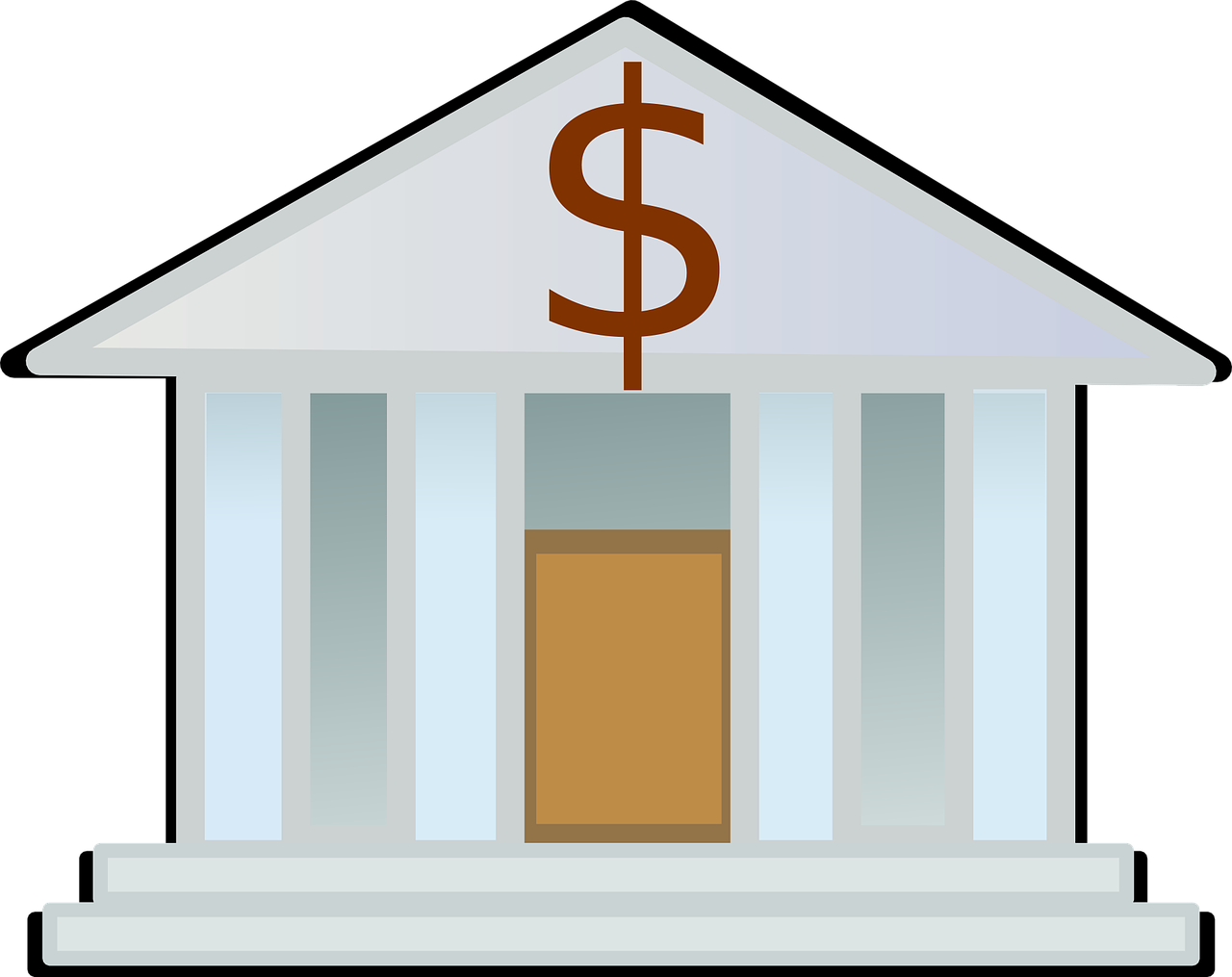Are you a banker worried about the potential risks that come with commercial real estate loans? Look no further! Commercial real estate loans can be a great source of revenue for banks, but they also pose substantial risks. Fortunately, there are several ways to mitigate these risks and ensure your bank’s success. In this post, we’ll explore some strategies on how banks can protect themselves against default and other hazards associated with commercial real estate lending. So sit back, relax, and get ready to learn how you can keep your bank safe while still profiting from commercial real estate loans.
Commercial Real Estate Loans are a High-Risk Investment
Commercial real estate loans are a high-risk investment, and banks should be prepared to shoulder the burden of risk if they choose to make them. In order to mitigate the risk of these loans, banks should have a strong credit rating and adequate capital reserves. Additionally, they should have good underwriting processes in place, including pre-borrowing reviews and due diligence checks. Finally, they should have robust resolution processes in place in the event that a loan goes bad.
The Different Types of Commercial Real Estate Loans
Commercial real estate loans are one of the most complex and risky types of loans a bank can make. When banks make these loans, they are taking on a considerable amount of risk. There are different types of commercial real estate loans, and each carries its own set of risks.
Here is a look at the different types of commercial real estate loans:
1.Floating-rate loan: A floating-rate loan is a type of commercial real estate loan where the interest rate moves up or down based on LIBOR, or some other benchmark lending rate. This type of loan is very risky because if the interest rates go up, the borrower will have to pay more in interest; if rates go down, the borrower could end up paying less in interest than he originally borrowed.
2. fixed-rate loan: A fixed-rate loan is a much safer option than a floating-rate loan because it doesn’t depend on market conditions. The interest rate on a fixed-rate loan stays the same throughout the life of the loan, which makes it less risky for both borrowers and lenders.
3. bridge financing: A bridge financing provides temporary financial relief to borrowers who are experiencing difficulty meeting their debt obligations due to competitive bidding for available credit or tight funding conditions in their market area. Bridge financing usually has an initial term that ranges from six months to two years and has flexible repayment terms that allow borrowers to extend payments over time without penalty.
The Benefits of Commercial Real Estate Loans
Commercial real estate loans can provide many benefits for banks and their clients. These loans can help businesses expand, create jobs, and increase revenues. In addition, commercial real estate loans are often considered one of the safest and most profitable types of loans available.
There are a number of reasons why commercial real estate loans are a valuable option for banks. First, these loans can provide businesses with the capital they need to grow. Second, these loans often have favorable terms, which means that borrowers can often receive lower interest rates than they would on other types of loans. Finally, commercial real estate loans generally have shorter repayment periods than other forms of debt, which makes them easier to manage financially.
Due to these benefits, many banks are interested in offering commercial real estate loans to their clients. However, due to the risks associated with this type of loan, banks must take measures to mitigate those risks. For example, banks may require additional documentation or verification from borrowers before approving a loan. Additionally, banks may set aside specific funds in case a loan goes bad and require borrowers to agree to terms like extended payment schedules or higher interest rates in order to receive financing. By taking these precautions, banks can ensure that their clients are able to access the best possible financing options while mitigating any potential risk
The Risks of Commercial Real Estate Loans
When looking to finance a commercial real estate project, banks will often offer a variety of loan products. However, there are numerous risks associated with each type of loan, which must be considered before making a decision.
One of the most common types of loans used to fund commercial real estate projects is the traditional mortgage. With this type of loan, the bank agrees to provide a fixed amount of money each month for a set period of time, typically around 30 years. The downside to this type of loan is that it can be difficult to get approved for, and borrowers may need to pay high interest rates (up to 25% or more) in order to compensate the lender for taking on these risks.
Another popular type of loan used in commercial real estate transactions is the bridge loan. With this type of loan, the borrower borrows an initial amount from the bank (typically around 50% of the total value), and then pays back that amount plus interest over a period of several years. The advantage of this type of loan is that it allows borrowers to buy property quickly and avoid having to go through long and expensive due diligence processes (such as submitting financial statements and other documentation). Bridge loans also tend to have lower interest rates than traditional mortgages, usually around 3% or 4%.
However, bridge loans come with several risks as well. For example, if the property values decline significantly during the repayment period (or if there is any other unexpected event that causes debt payments
How to Mitigate the Risk of Commercial Real Estate Loans
One of the biggest concerns for banks when lending money for commercial real estate projects is the potential for default. To mitigate this risk, banks can use a variety of strategies, including:
1. carefully reviewing the project’s financial statements and other documents;
2. monitoring borrower creditworthiness;
3. requiring higher levels of security deposits or collateral than is typical for commercial real estate loans; and
4. using special committees to review and approve large loans.
Conclusion
Commercial real estate loans are a high-risk investment, but banks can mitigate the risk by following certain guidelines. Banks should thoroughly research the borrower before approving a loan, and make sure that the company has a good history of financial stability. The bank should also have solid underwriting practices in place to ensure that the loan will not be taken back by the lender if there are any problems with the property. Finally, banks need to have contingency plans in place in case of an economic downturn or another market shock, so they can weather these difficult times without having to take on too much risk.










